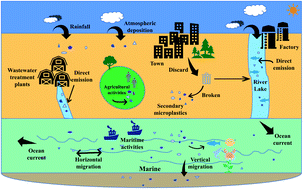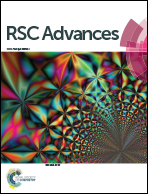Environmental fate and impacts of microplastics in aquatic ecosystems: a review
Abstract
Wide usage of plastic products leads to the global occurrence of microplastics (MPs) in the aquatic environment. Due to the small size, they can be bio-ingested, which may cause certain health effects. The present review starts with summarizing the main sources of various types of MPs and their occurrences in the aquatic environment, as well as their transportation and degradation pathways. The analysis of migration of MPs in water environments shows that the ultimate fate of most MPs in water environments is cracked into small fragments and sinking into the bottom of the ocean. The advantages and disadvantages of existing methods for detection and analysis of MPs are summarized. In addition, based on recent researches, the present review discusses MPs as carriers of organic pollutants and microorganisms, and explores the specific effects of MPs on aquatic organisms in the case of single and combined pollutants. Finally, by analysing the causes and influencing factors of their trophic transfer, the impact of MPs on high-level trophic organisms is explored.

- This article is part of the themed collection: 2021 Reviews in RSC Advances


 Please wait while we load your content...
Please wait while we load your content...